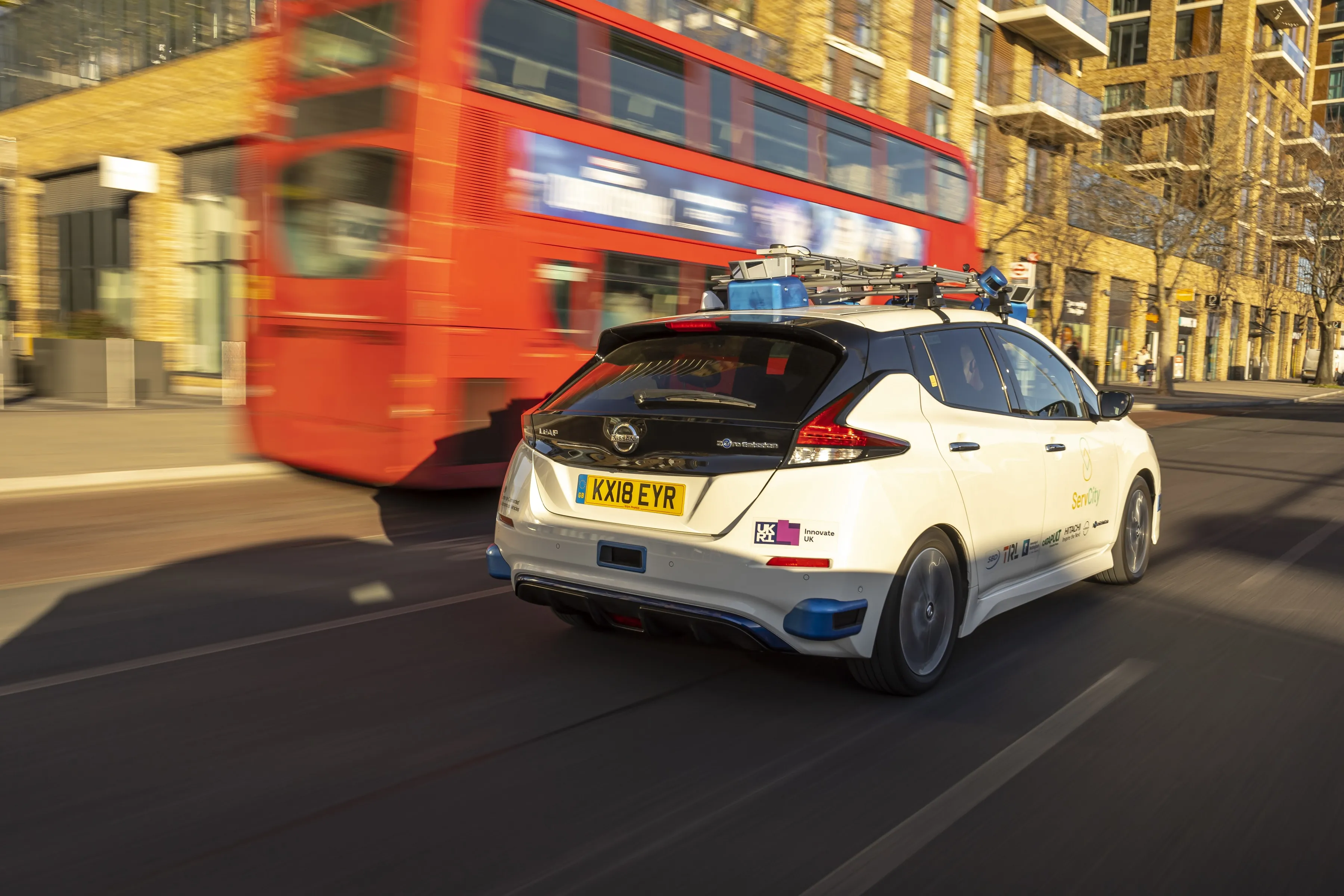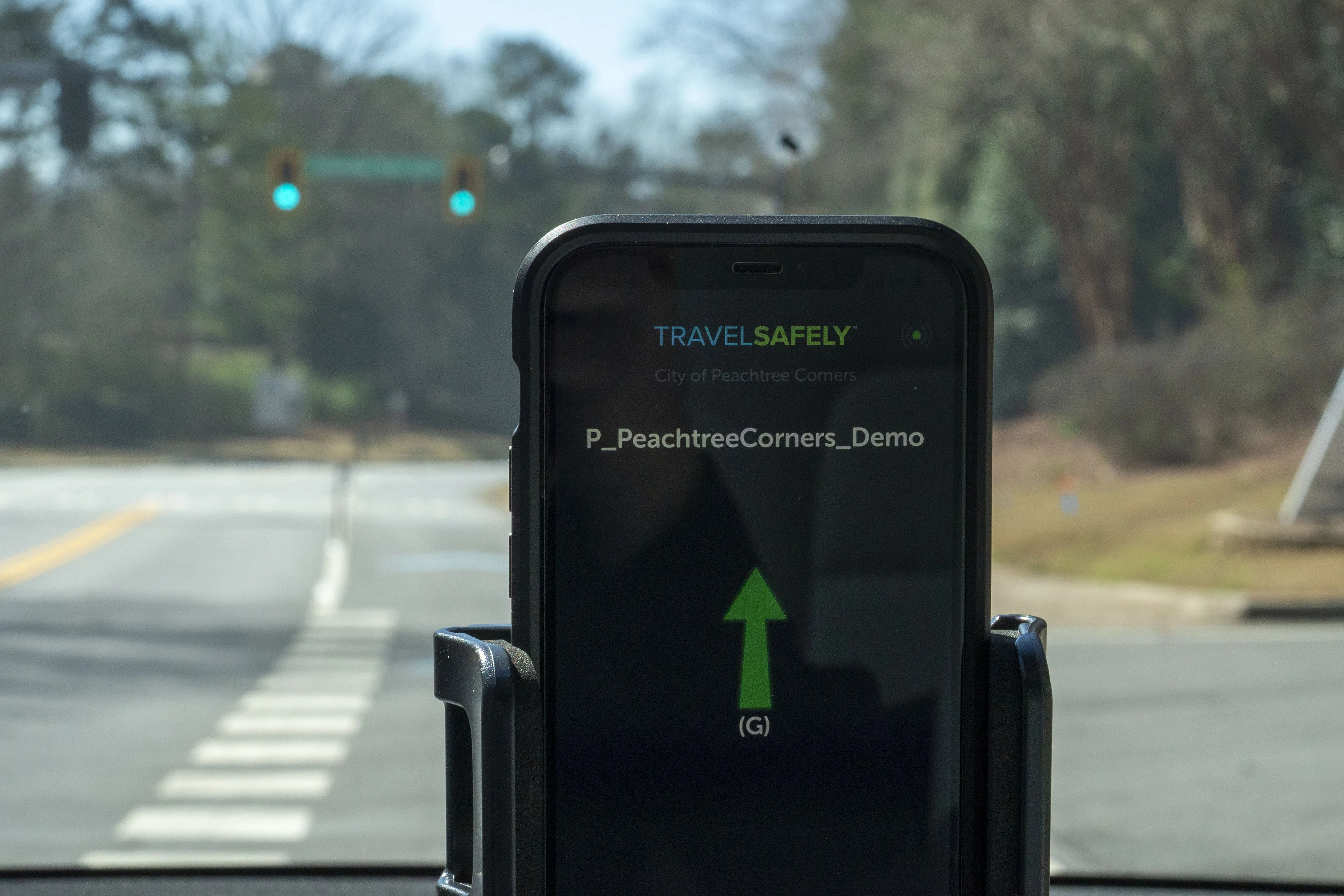
The team has just started work on a three-year pilot in Finland to devise a road hazard warning system utilising its location cloud. Using LTE networks and real drivers, it’s the first pilot that meets the requirements of the European ITS directive.
Precise maps and connected data analytics hold the key to ITS. As Here points out, a city in motion generates a tremendous quantity of data, yet for the most part these data are still untapped and their potential value not fully leveraged. They are likely not shared with a broad network and probably not examined in a wider context with other data.
Visitors to the company’s stand here at the ITS World Congress won’t have any problem understanding those messages: an eye-catching 3D city model is the focal point of the Here stand which is enabling the company to demonstrate how it is taking advantage of recent innovations in connectivity and location analytics to not only combine data flowing from vehicles, devices and infrastructure, but to analyse and make use of them in real time.
Here envisions a highly precise living map of our cities and road networks, with ‘location’ acting as the bond that unites data flowing from all these different sources. Such a living map is vital if cities, governments and automakers want to move towards greater automation in transportation and mobility.










